In today’s digital era, the intersection of AI (Artificial Intelligence) and web design is transforming how websites are built, optimized, and experienced. Gone are the days when web design relied solely on manual creativity and coding. Today, AI tools empower designers and developers to create smarter, faster, and more personalized websites that deliver exceptional user experiences.
Whether you’re involved in web design or web development, understanding how to leverage AI tools can significantly boost your efficiency, creativity, and results. In this blog, we’ll explore how AI is reshaping web design, the tools that make it possible, and practical ways to implement them in your workflow.
The Role of AI in Modern Web Design
Artificial Intelligence has rapidly evolved from being a futuristic concept to an integral part of modern design processes. In web design, AI helps automate repetitive tasks, analyze user behavior, generate content, and even suggest design improvements.
For web development, AI contributes to intelligent coding, debugging, testing, and performance optimization. When combined, these capabilities enable developers and designers to create websites that are not just visually appealing but also data-driven and user-centric.
Benefits of Using AI in Web Design
1. Faster Design and Development
AI tools accelerate design workflows by generating layouts, templates, and color schemes based on predefined criteria. Instead of starting from scratch, designers can use AI-powered tools to produce mockups within minutes.
For developers, AI-assisted code generation tools streamline the process of building websites, helping them focus on customization and functionality rather than repetitive coding tasks.
2. Personalized User Experiences
AI analyzes user data—such as browsing behavior, preferences, and interactions—to deliver personalized website experiences. Whether it’s recommending products, adjusting layouts, or tailoring content, AI ensures each user feels the site was built just for them.
This personalization drives engagement, increases conversions, and enhances user satisfaction.
3. Data-Driven Design Decisions
AI enables designers to make smarter, data-backed decisions. Instead of relying solely on intuition, tools like heatmaps, session recordings, and user analytics powered by AI show how users interact with your website.
This data helps designers and developers identify what works, what doesn’t, and how to optimize layouts, content, and navigation for better results.
4. Automated Content Generation and Optimization
AI tools can automatically generate headlines, product descriptions, and blog content that align with SEO best practices. For instance, AI copywriting platforms use natural language processing (NLP) to create engaging, keyword-rich content tailored to your audience.
In web development, AI also helps optimize website content for search engines by suggesting meta tags, improving readability, and enhancing accessibility.
AI Tools That Are Transforming Web Design
Let’s explore some powerful AI tools that are revolutionizing both web design and web development.
1. Wix ADI (Artificial Design Intelligence)
Wix ADI uses AI to design complete websites based on user input. You simply answer a few questions, and it automatically generates a professional, ready-to-publish website with suitable color schemes, images, and text placements.
This is a great example of how AI simplifies the web design process for beginners and professionals alike.
2. Firedrop
Firedrop acts as a virtual design assistant named “Sacha” that converses with you to create custom web designs. Using natural language processing, it tailors layouts and visuals to match your goals—merging AI intelligence with human creativity.
3. Adobe Sensei
Adobe Sensei integrates AI into Adobe Creative Cloud tools like Photoshop and XD. It automates tasks such as image cropping, background removal, and layout suggestions. For designers, this significantly reduces manual work while maintaining creative freedom.
4. Uizard and Figma AI Features
Tools like Uizard and Figma now offer AI-powered design assistance. Uizard can convert sketches into digital prototypes, while Figma’s AI features help auto-suggest components and layouts, accelerating the prototyping process.
5. ChatGPT and Jasper for Content Creation
AI content generators like ChatGPT and Jasper assist designers and developers by producing SEO-friendly web copy, CTAs, and even chatbot dialogues. Integrating these tools ensures websites not only look good but also communicate effectively.
6. GitHub Copilot
For web development, GitHub Copilot acts as an AI-powered coding assistant that predicts and writes code in real-time. It helps developers write cleaner, more efficient code, identify errors, and speed up deployment.
How to Implement AI Tools in Web Design and Development
1. Start with Clear Objectives
Before integrating AI tools, define your goals. Do you want to improve design efficiency, personalize user experiences, or automate content creation? Knowing your objectives helps you choose the right tools and measure success effectively.
2. Combine Creativity with AI Automation
AI should enhance—not replace—human creativity. Use AI for repetitive and analytical tasks while reserving creative decision-making for designers and developers. The best designs come from collaboration between human insight and machine precision.
3. Leverage AI for UX Testing
AI-powered analytics tools can monitor user behavior, generate heatmaps, and identify usability issues automatically. This continuous feedback loop helps improve user experience without constant manual testing.
4. Use AI to Enhance Accessibility
AI tools can analyze your website for accessibility compliance. They detect missing alt tags, poor contrast ratios, and navigation barriers, ensuring inclusivity for all users—a crucial aspect of web design and web development.
5. Integrate Chatbots for Enhanced Support
Incorporating AI chatbots into your website or app improves customer engagement and reduces response time. These intelligent bots can handle FAQs, guide users, and even recommend products based on browsing history.
The Future of AI in Web Design
As AI continues to evolve, its impact on web design and web development will only grow stronger. Future AI systems will be capable of designing websites based entirely on user intent, context, and voice commands.
We can also expect predictive design, where AI anticipates user needs and adjusts layouts or content in real-time. Additionally, generative AI will make design creation more intuitive—bridging the gap between human creativity and automated efficiency.
Ultimately, AI will enable developers and designers to focus more on innovation and storytelling while automating technical and repetitive aspects of the process.
Final Thoughts
AI has become an indispensable ally in the world of web design and web development. From automating tasks and analyzing user data to personalizing content and optimizing performance, AI tools are revolutionizing how websites are created and managed.
By leveraging these tools wisely, businesses and creators can design smarter, more responsive, and user-focused digital experiences. The future of web design lies not just in creativity but in intelligent collaboration between humans and machines—where AI enhances efficiency, precision, and innovation.




